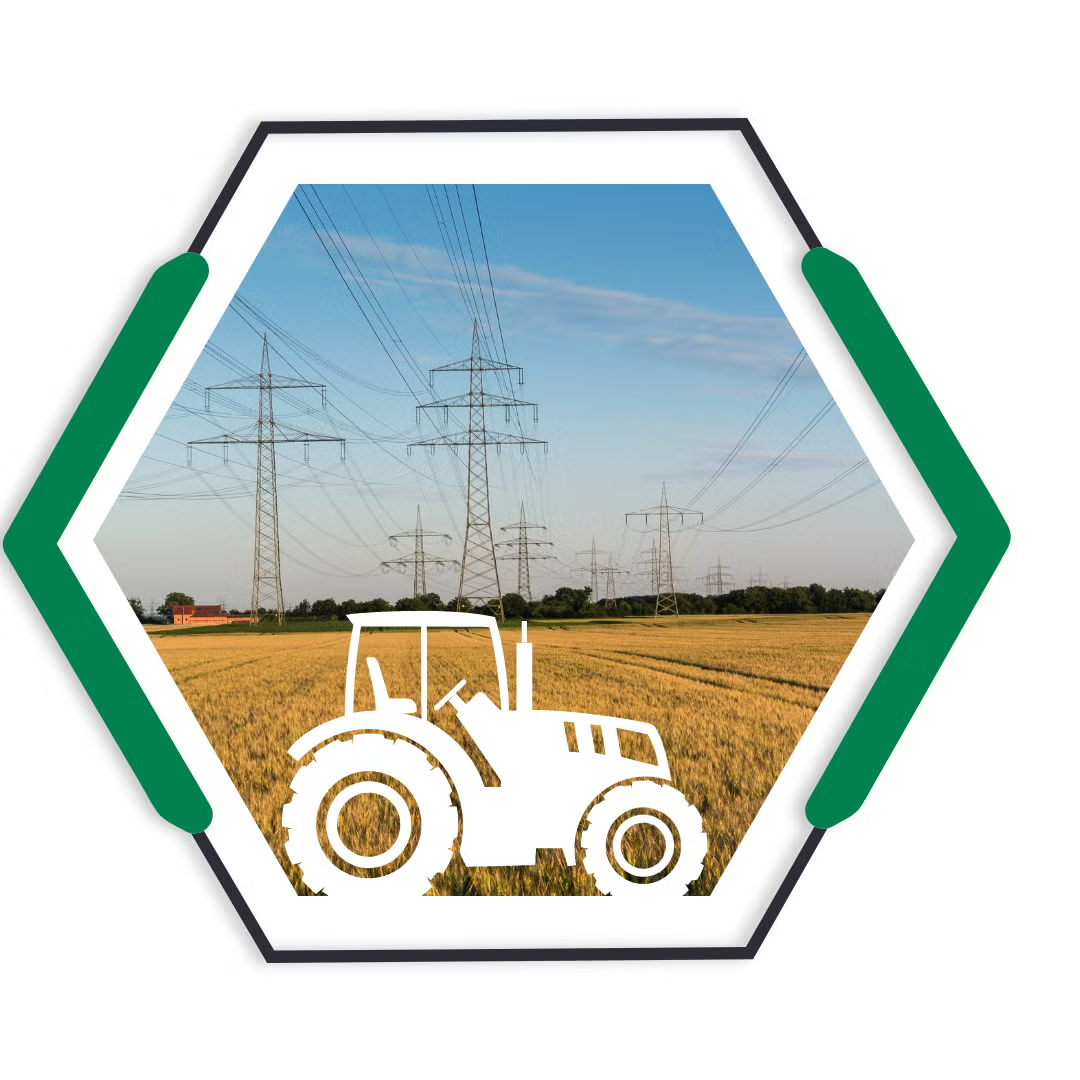Join us from 11 a.m. to 1 p.m. on Jan. 27 for our member appreciation lunch and event in Steele at Pifer's Auction Center.
Pay Bill | Outage Map | Contact Us | SmartHub
Start each morning by planning your day’s work. Know what jobs will happen near power lines and have a plan to keep the assigned workers safe.
Electrical work around the farm can also pose hazards. Often the need for an electrical repair comes at a time when a farmer has been working long hours and is fatigued. At such times it’s best to step back and wait until you’ve rested. Make sure you have the level of expertise required to do the electrical work, and never hesitate contact a qualified electrician when appropriate. Doing electrical work is also a good time to check your wires because mice and other animals tend to chew at them, leaving the electrical hazard of bare wires that can cause electrical shorts and potentially fatal shocks.
